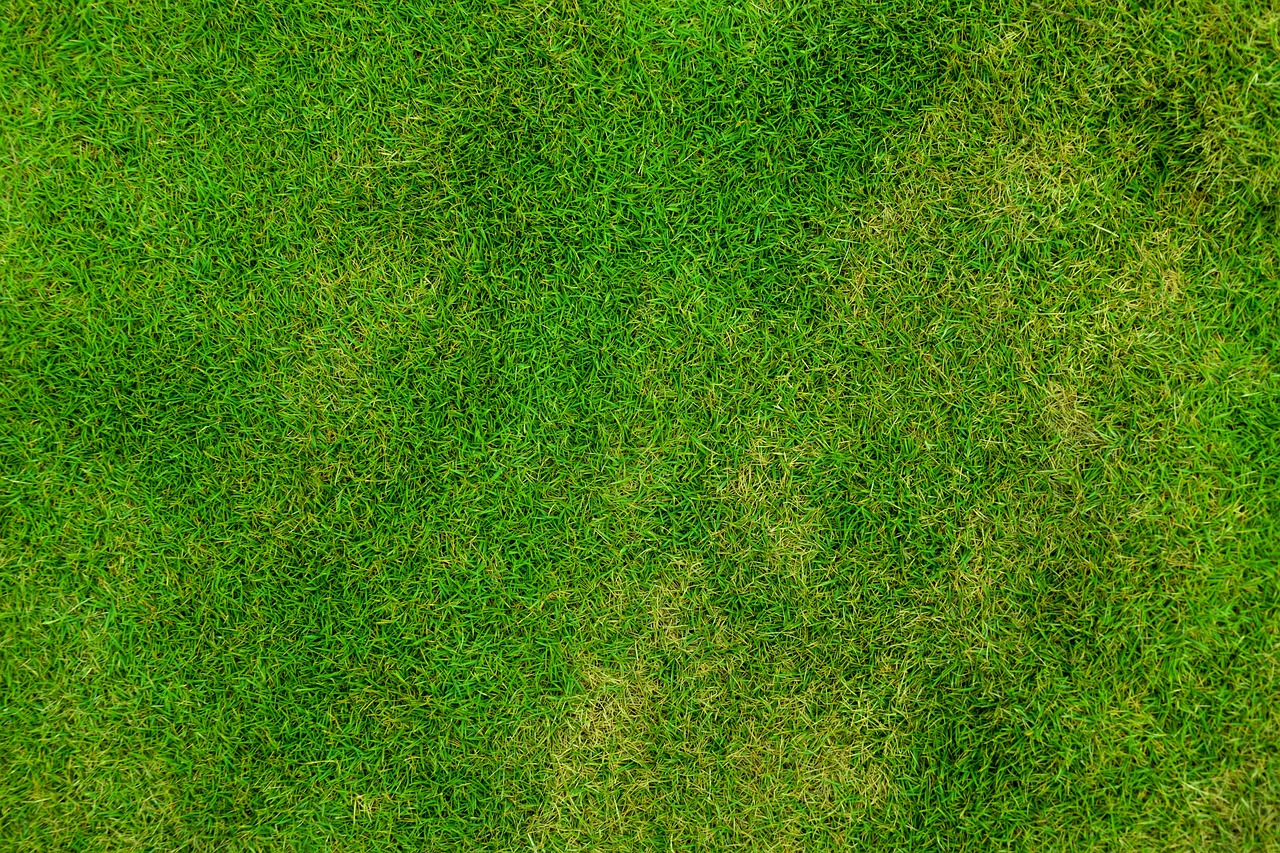Introduction
A lush, green lawn is the pride of any homeowner. However, over time, lawns can develop a layer of thatch, a dense mat of dead grass, roots, and organic matter that accumulates just above the soil surface. While a small amount of thatch is beneficial, excessive thatch can hinder the health and appearance of your lawn. This is where dethatching comes into play. In this blog post, we will explore the benefits of dethatching for landscaping and how it can help you maintain a thriving, beautiful lawn.
What is Dethatching?
Dethatching is the process of removing the layer of thatch that has accumulated on the soil surface in your lawn. It can be done using specialized equipment or manually with a dethatching rake.
1. Enhanced Nutrient Absorption
Excessive thatch acts as a barrier, preventing essential nutrients, water, and air from reaching the soil and the grassroots. Dethatching removes this barrier, allowing your grass to access the nutrients it needs for healthy growth. As a result, your lawn becomes more vibrant and resilient.
2. Improved Water Infiltration
Thatch can impede water penetration, leading to puddling, runoff, and uneven irrigation. Dethatching promotes better water infiltration, ensuring that moisture reaches the root zone more effectively. This is especially important in drought-prone regions, as it can help conserve water.
3. Enhanced Air Circulation
Healthy grass roots require oxygen for respiration. A thatch layer can suffocate the soil and roots, leading to weak, shallow root systems. Dethatching improves air circulation in the soil, promoting deeper root growth and overall lawn health.
4. Reduction in Pest and Disease Pressure
Thatch provides a safe harbor for pests and disease pathogens. By removing thatch, you reduce the shelter available to these unwanted visitors, making your lawn less susceptible to infestations and diseases.
5. Promotion of Beneficial Microorganisms
A thatch-free lawn promotes the activity of beneficial microorganisms in the soil. These microorganisms break down organic matter, releasing nutrients that your grass can use. This natural fertilization process contributes to a healthier, greener lawn.
6. Enhanced Lawn Aesthetics
Thatch can give your lawn a tired, uneven appearance. Dethatching revitalizes your lawn’s aesthetics by eliminating the matted layer and creating a smooth, even surface that enhances its visual appeal.
7. Prevention of Scalping
Thick thatch can cause your lawnmower blades to scalp the grass, leaving it uneven and susceptible to damage. Dethatching prevents this problem by creating a more even surface, ensuring a cleaner and healthier cut.
8. Long-Term Lawn Health
Regular dethatching is essential for the long-term health of your lawn. By addressing thatch buildup promptly, you can prevent it from becoming a chronic issue that requires more extensive renovation or even lawn replacement.
Conclusion
Dethatching is a critical practice for maintaining a healthy, thriving lawn. It improves nutrient absorption, water infiltration, and air circulation while reducing pest and disease pressure. Additionally, dethatching enhances the aesthetics of your lawn, prevents scalping, and promotes long-term lawn health. By incorporating dethatching into your lawn care routine, you can ensure that your landscape remains vibrant and beautiful for years to come. Don’t overlook the benefits that dethatching can bring to your landscaping efforts; it’s an essential step toward achieving the lawn of your dreams.

Be The First To Comment